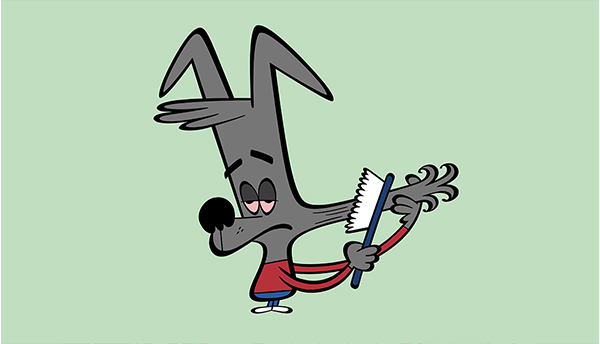There are 44* phonemes in the English language, that is, there are 44 different sounds that make up all English words.
Many phonemes have more than one grapheme, that is, they can be written using different spellings, for example, f, ff, and ph are all graphemes for the phoneme /f/.
The sound chart below shows the phonemes that children are taught in Reception (UK) or Kindergarten (US) and Year 1 (UK) and Grade 1 (US). It also shows the most common graphemes that correspond to each phoneme and gives word examples for each.
For example, the word cup has 3 phonemes: /k/, /u/, and /p/. Each is represented by a simple grapheme or letter: c, u, p.
*this number can vary slightly depending on the dialect and the classification followed.




